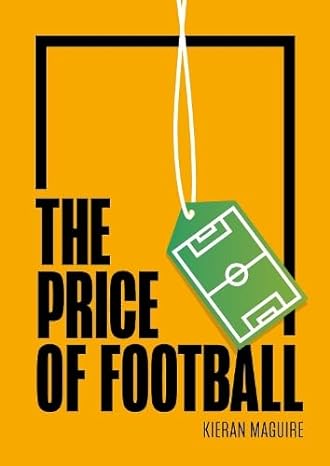Question
The Cash Budget Once we see how the components of the cash budget are calculated, it is just a matter of putting together an entire
The Cash Budget
Once we see how the components of the cash budget are calculated, it is just a matter of putting together an entire cash budget. It almost seems redundant to say, but a cash budget includes only cash items. So if a company makes sales on account, those are not included in the cash budget until cash is received on account. Similarly, a company may have non cash expenses. These are not included in the cash budget.
A company expects sales of $100,000 in July and expects sales of $115,000 in August. The company provided the following information:
a. Sales in the previous three months were:
| April | $88,000 |
| May | 90,000 |
| June | 95,000 |
Of the sales, 10% are cash sales, the remaining are on account. The company experiences the following accounts receivable payment pattern: 25% in the month of sale, 50% in the month after sale, 20% in the second month after sale.
b. Purchases of goods are made the month before the anticipated sale at a rate of 60% of sales. Of monthly purchases, 25% are paid in the month of purchase, and the remaining 75% in the following month.
c. Wages for staff total $6,450 per month.
d. Telecommunications and utilities are $1,900 per month.
e. The property tax bill of $6,000 is due in August.
f. Insurance is paid quarterly at $1,200 per quarter. The next payment is due July 15.
g. Depreciation is $2,000 per month.
h. Advertising is budgeted at $2,000 per month in the summer months.
i. Professional fees (legal, bookkeeping, etc.) average $600 per month.
j. Maintenance is $800 per month.
k. Office supplies average $150 per month.
l. The owner took out a loan from her family and is paying it back at the rate of $4,000 per month.
m. The cash balance on July 1 was $2,190.
Develop a cash budget for July by filling in the following table. If an amount box does not require an entry, enter "0" or leave the cell "blank".
| Beginning cash balance, July 1 | $ | ||
| Add: Cash sales | |||
| Payments on accounts receivable: | |||
| May | $ | ||
| June | |||
| July | |||
| Cash available | $ | ||
| Cash Disbursements: | |||
| Purchases | $ | ||
| Wages | |||
| Telecommunications | |||
| Property tax | |||
| Insurance | |||
| Depreciation | |||
| Advertising | |||
| Professional fees | |||
| Maintenance | |||
| Office supplies | |||
| Loan payment | |||
| Total disbursements | $ | ||
| Cash balance, July 31 | $ | ||
Step by Step Solution
There are 3 Steps involved in it
Step: 1

Get Instant Access to Expert-Tailored Solutions
See step-by-step solutions with expert insights and AI powered tools for academic success
Step: 2

Step: 3

Ace Your Homework with AI
Get the answers you need in no time with our AI-driven, step-by-step assistance
Get Started


